Home>Gardening & Outdoor>Plant Care & Gardening Tips>What Native Plant Species Are In Oregon
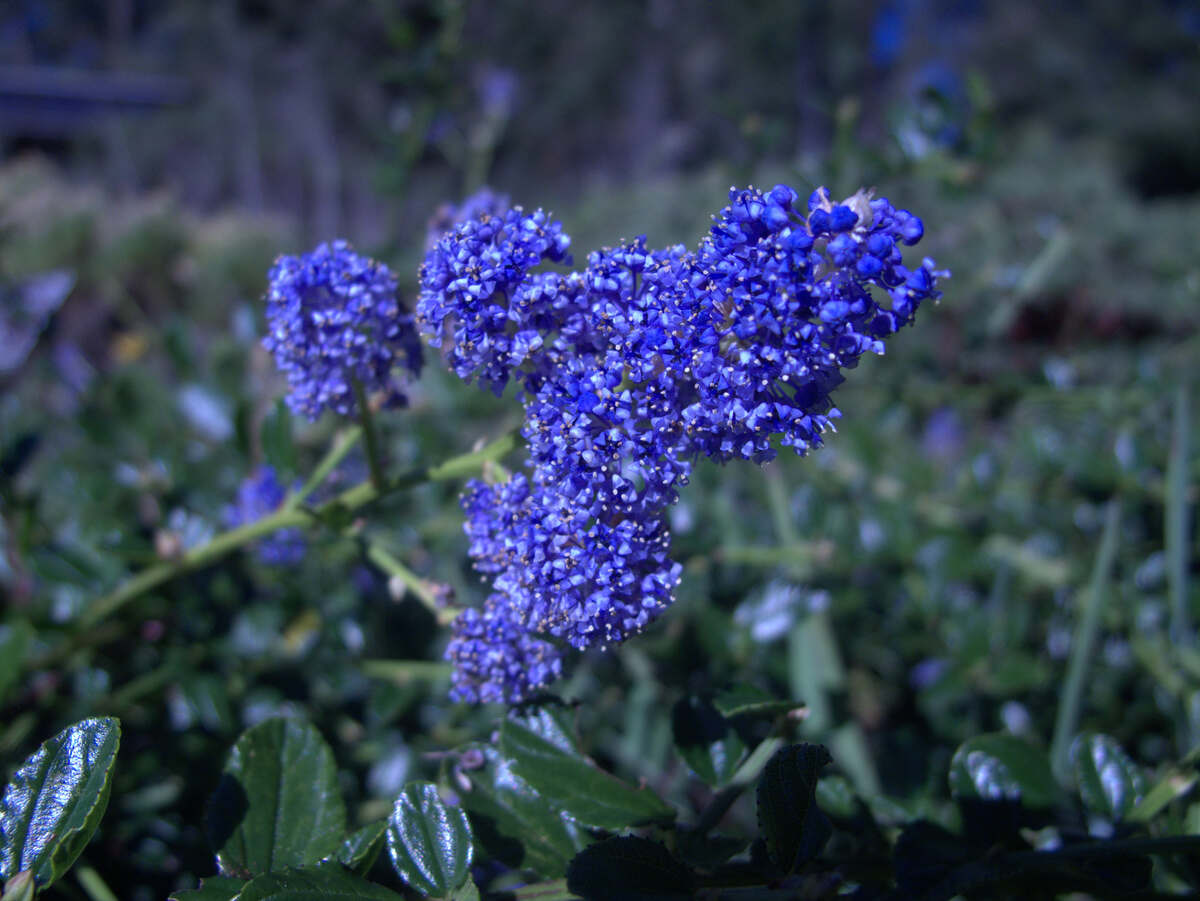

Plant Care & Gardening Tips
What Native Plant Species Are In Oregon
Modified: January 4, 2024
Discover a diverse range of native plant species in Oregon and get expert plant care and gardening tips to cultivate a thriving garden. Explore the beauty of Oregon's native flora and enhance your gardening skills today!
(Many of the links in this article redirect to a specific reviewed product. Your purchase of these products through affiliate links helps to generate commission for Storables.com, at no extra cost. Learn more)
**
Introduction
**
Welcome to the lush and diverse world of Oregon's native plant species. As we embark on this botanical journey, we will delve into the vibrant tapestry of flora that graces the picturesque landscapes of the Pacific Northwest. Oregon's rich and varied ecosystems provide a haven for an array of native plant species, each with its own unique charm and ecological significance.
In this article, we will explore the importance of preserving and nurturing native plant species, gaining insights into the invaluable roles they play in sustaining the environment and supporting local wildlife. Furthermore, we will embark on a captivating exploration of the native plant species that call Oregon home, uncovering the beauty and diversity that flourishes within this verdant state.
Join us as we unravel the captivating world of Oregon's native plant species, discovering the wonders that lie within the verdant tapestry of this breathtaking region.
**
Key Takeaways:
- Oregon’s native plant species are crucial for maintaining a healthy ecosystem, providing habitats for wildlife, preventing soil erosion, and offering cultural and medicinal benefits.
- Conservation efforts in Oregon aim to protect and restore native plant species through habitat preservation, restoration projects, community engagement, and innovative practices, ensuring their resilience for future generations.
Importance of Native Plant Species
**
Native plant species are the cornerstone of a healthy and thriving ecosystem, playing a pivotal role in maintaining ecological balance and biodiversity. These plants have evolved and adapted to their specific environments over countless generations, forming intricate relationships with local wildlife and contributing to the overall resilience of the ecosystem.
One of the primary reasons for preserving native plant species lies in their ability to provide essential habitats and food sources for a myriad of wildlife, including birds, insects, and mammals. The intricate web of life within an ecosystem relies on the presence of native plants to sustain the delicate balance of predator-prey relationships and the overall health of the food chain.
Furthermore, native plants contribute to the preservation of soil stability and fertility, preventing erosion and maintaining crucial nutrient cycles within the ecosystem. Their deep-rooted systems help anchor the soil, mitigating the risks of landslides and runoff, while also enhancing water retention and filtration.
From a human perspective, native plant species offer a wealth of benefits, including their potential for use in landscaping, gardening, and traditional medicine. Many native plants possess unique aesthetic qualities and are well-suited for sustainable landscaping practices, reducing the need for excessive water and chemical inputs.
Moreover, these plants often hold cultural and historical significance, serving as a source of inspiration, traditional knowledge, and a connection to the land for indigenous communities and local residents. By preserving native plant species, we honor and protect these invaluable cultural resources.
Ultimately, the conservation of native plant species is essential for safeguarding the resilience and adaptability of ecosystems in the face of environmental challenges, such as climate change and habitat loss. Their preservation is a testament to our commitment to the long-term health and vitality of the natural world, ensuring that future generations can continue to benefit from the myriad gifts bestowed upon us by these botanical treasures.
**
Native Plant Species in Oregon
**
Oregon’s diverse landscapes encompass a remarkable array of native plant species, reflecting the state’s varied climate, topography, and ecosystems. From the mist-shrouded coastal forests to the sun-drenched high desert plains, Oregon hosts an extraordinary botanical tapestry that captivates the senses and nurtures the environment.
One of the iconic native plants of Oregon is the Douglas fir (Pseudotsuga menziesii), a majestic conifer that dominates the state’s forests with its towering presence. This evergreen giant not only shapes the character of the landscape but also provides vital habitats for numerous wildlife species, including birds, squirrels, and insects.
Another prominent native plant species is the Oregon grape (Mahonia aquifolium), a resilient shrub celebrated for its vibrant yellow flowers and clusters of dark blue berries. The Oregon grape holds cultural significance and is cherished for its traditional medicinal uses, in addition to its ecological role in providing food and shelter for local wildlife.
Exploring Oregon’s wetlands and riparian areas reveals the enchanting presence of the red osier dogwood (Cornus sericea), a deciduous shrub known for its striking red branches and clusters of white flowers. This species not only contributes to the visual splendor of wetland habitats but also serves as a valuable source of food for birds and small mammals.
The state’s prairies and grasslands are adorned with an array of native grasses and wildflowers, including the showy milkweed (Asclepias speciosa) and the camas lily (Camassia quamash). These plants not only add vibrant splashes of color to the landscape but also play essential roles in supporting pollinators and other wildlife, contributing to the overall health of the ecosystem.
In the eastern reaches of Oregon, the sagebrush steppe harbors a unique assemblage of native plants, such as the aromatic big sagebrush (Artemisia tridentata) and the delicate bitterroot (Lewisia rediviva). These resilient species have adapted to the arid conditions of the high desert, showcasing nature’s remarkable ability to thrive in challenging environments.
From the iconic conifers to the delicate wildflowers, Oregon’s native plant species embody the spirit of resilience and adaptability, enriching the state’s landscapes and supporting a myriad of ecological interactions. Their presence serves as a testament to the enduring beauty and ecological significance of native flora within Oregon’s diverse and captivating ecosystems.
**
Oregon is home to a variety of native plant species, including the Douglas fir, Oregon grape, and Western red cedar. Look for these plants in forests, meadows, and along rivers and streams.
Threats to Native Plant Species
**
Despite their resilience, Oregon’s native plant species face a range of threats that jeopardize their long-term survival and the health of the ecosystems they inhabit. Human activities, habitat degradation, invasive species, and climate change pose significant challenges to the preservation of these botanical treasures, highlighting the urgent need for conservation efforts and sustainable stewardship.
One of the foremost threats to native plant species in Oregon is habitat loss and fragmentation resulting from urbanization, agriculture, and land development. As natural landscapes are transformed to accommodate human needs, native plants are often displaced, leading to diminished biodiversity and the disruption of crucial ecological relationships.
Invasive plant species also pose a formidable threat to Oregon’s native flora, outcompeting indigenous plants for resources and altering the composition of ecosystems. Species such as Scotch broom (Cytisus scoparius) and Himalayan blackberry (Rubus armeniacus) can rapidly spread and dominate landscapes, displacing native plants and reducing habitat suitability for local wildlife.
Climate change presents an additional challenge, impacting the distribution and abundance of native plant species as temperatures shift, precipitation patterns alter, and extreme weather events become more frequent. These changes can disrupt the delicate balance of ecosystems, affecting the timing of flowering and fruiting, as well as the availability of critical resources for plant and animal populations.
Furthermore, unsustainable land management practices, such as overgrazing, deforestation, and improper fire regimes, can degrade natural habitats and diminish the resilience of native plant communities. Without adequate protection and restoration efforts, these practices can exacerbate the vulnerability of native plant species to environmental stressors and disturbances.
Human activities, including illegal harvesting, poaching, and the illicit trade of rare and endangered plant species, also pose a direct threat to the integrity and survival of Oregon’s native flora. The exploitation of these plants for commercial gain not only depletes wild populations but also undermines the cultural and ecological value they hold within the state’s landscapes.
Addressing these threats requires a concerted effort to implement sustainable land-use practices, manage invasive species, and mitigate the impacts of climate change. By fostering a deeper understanding of the challenges facing native plant species in Oregon, we can work towards fostering resilient ecosystems that support the continued flourishing of these invaluable botanical treasures.
**
Conservation Efforts
**
Amidst the challenges facing Oregon’s native plant species, a multitude of dedicated conservation efforts are underway to protect and restore these botanical treasures, ensuring their persistence for future generations. From grassroots initiatives to collaborative partnerships, these endeavors encompass a range of strategies aimed at safeguarding native flora and the ecosystems they inhabit.
One of the cornerstones of conservation efforts in Oregon involves the preservation of critical habitats through the establishment and management of protected areas, such as national parks, wildlife refuges, and botanical reserves. These sanctuaries provide vital refuges for native plant species, shielding them from the pressures of habitat loss and human disturbances.
Furthermore, restoration projects play a pivotal role in enhancing the resilience of native plant communities, focusing on the rehabilitation of degraded habitats, the reintroduction of native species, and the suppression of invasive plants. Through meticulous planning and hands-on stewardship, these initiatives seek to revitalize ecosystems and foster the recovery of imperiled plant populations.
Community engagement and education form integral components of conservation efforts, empowering individuals to become stewards of their local environments and advocates for native plant conservation. Citizen science programs, workshops, and outreach activities raise awareness about the value of native flora and the actions needed to protect them, fostering a sense of shared responsibility for the natural world.
Collaborative partnerships between government agencies, non-profit organizations, academic institutions, and indigenous communities are instrumental in advancing conservation goals and implementing science-based management practices. By leveraging diverse expertise and resources, these partnerships amplify the impact of conservation initiatives, leading to more effective protection and restoration outcomes.
Innovative approaches, such as seed banking and ex-situ conservation, contribute to the safeguarding of genetic diversity and rare plant species, providing a crucial safety net against the loss of valuable genetic resources. These initiatives ensure that the genetic legacy of native plants is preserved, offering hope for their potential reintroduction and adaptation in the face of environmental changes.
The cultivation of native plant species for horticultural use and landscaping purposes also plays a role in conservation efforts, promoting the use of locally adapted plants and reducing the reliance on non-native species. By integrating native plants into urban and suburban landscapes, these initiatives support biodiversity and ecological connectivity, creating havens for native wildlife amidst human-dominated environments.
Ultimately, the collective commitment to native plant conservation in Oregon embodies a shared vision of safeguarding the state’s botanical heritage and nurturing resilient, biodiverse ecosystems. Through ongoing dedication and collaborative action, these conservation efforts hold the promise of preserving the natural splendor and ecological vitality embodied by Oregon’s native plant species.
**
Conclusion
**
As we conclude our exploration of Oregon’s native plant species, we are reminded of the profound significance these botanical treasures hold within the state’s landscapes and ecosystems. From the towering forests to the sweeping grasslands, Oregon’s native plants contribute to the intricate tapestry of life, enriching the natural world and captivating the hearts of all who behold them.
Recognizing the importance of native plant species is a vital step towards fostering a deeper appreciation for the ecological, cultural, and aesthetic contributions they offer. These plants are not merely components of the landscape; they are guardians of biodiversity, providers of essential resources, and bearers of rich cultural heritage, embodying the resilience and adaptability that define Oregon’s natural heritage.
However, the challenges facing native plant species in Oregon underscore the urgency of collective action and steadfast commitment to conservation. By addressing threats such as habitat loss, invasive species, and climate change, we can work towards securing a future where native plants thrive in resilient, biodiverse ecosystems, perpetuating their legacy for generations to come.
Conservation efforts, driven by the dedication of individuals, communities, and organizations, offer hope for the preservation and restoration of Oregon’s native plant species. Through the establishment of protected areas, restoration projects, community engagement, and innovative conservation practices, we can forge a path towards a future where native plants flourish and contribute to the vitality of Oregon’s natural landscapes.
Embracing native plant species is an invitation to celebrate the intrinsic beauty and ecological harmony that permeates Oregon’s diverse ecosystems. It is a testament to our commitment to honoring the land, its inhabitants, and the intricate web of life that sustains us all. By championing the conservation of native plant species, we uphold the values of stewardship, resilience, and reverence for the natural world.
As we look to the future, let us embark on this journey with a shared sense of responsibility and wonder, nurturing the landscapes that nurture us and safeguarding the botanical treasures that grace Oregon’s horizons. Together, we can weave a narrative of conservation and coexistence, ensuring that the vibrant legacy of Oregon’s native plant species endures as an enduring symbol of resilience, beauty, and ecological harmony.
Frequently Asked Questions about What Native Plant Species Are In Oregon
Was this page helpful?
At Storables.com, we guarantee accurate and reliable information. Our content, validated by Expert Board Contributors, is crafted following stringent Editorial Policies. We're committed to providing you with well-researched, expert-backed insights for all your informational needs.
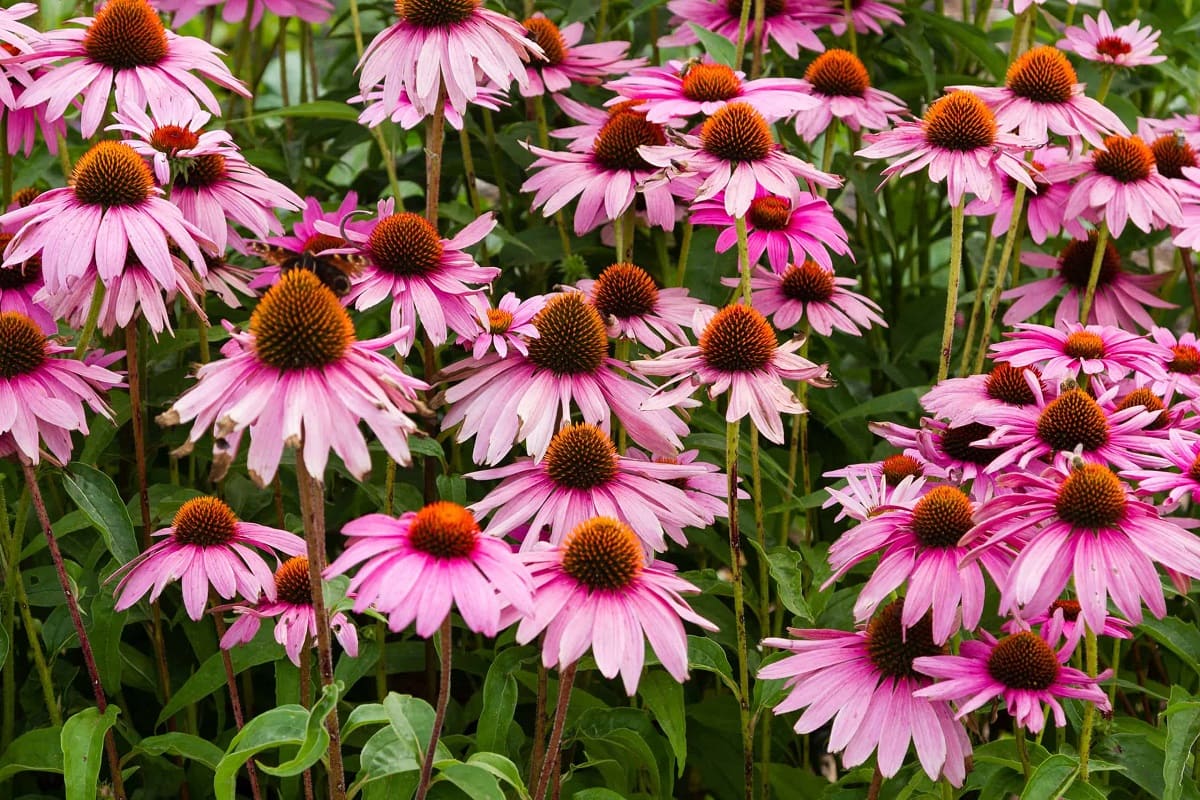
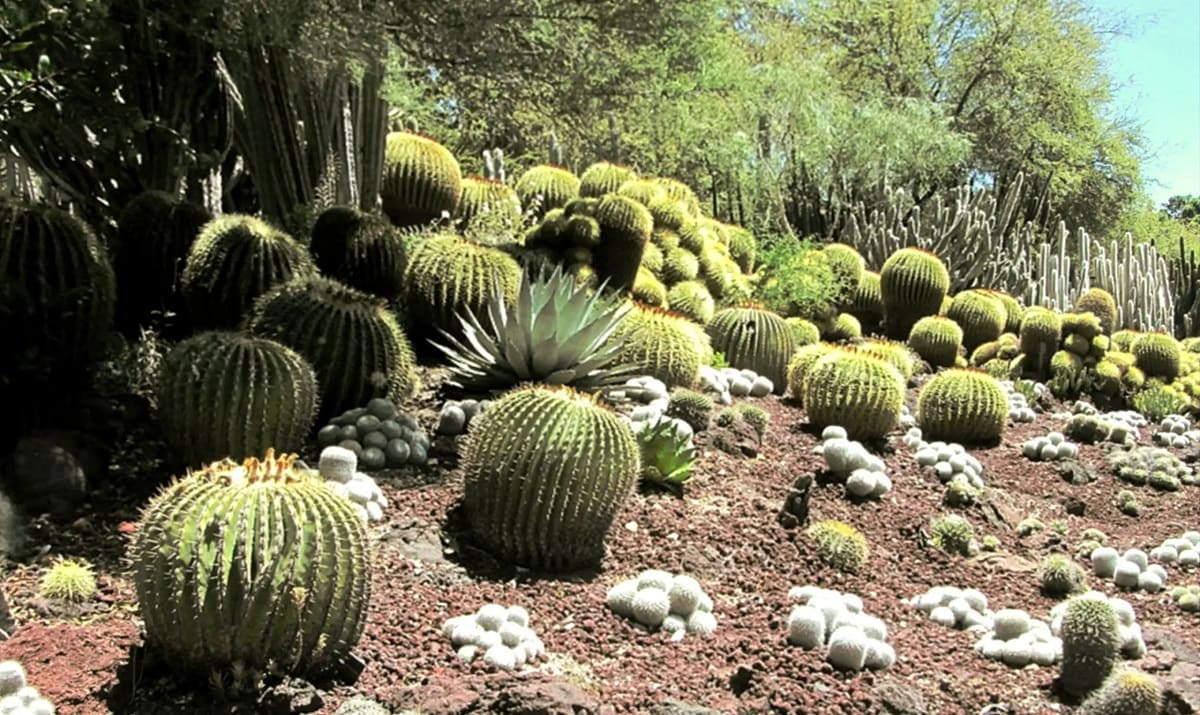
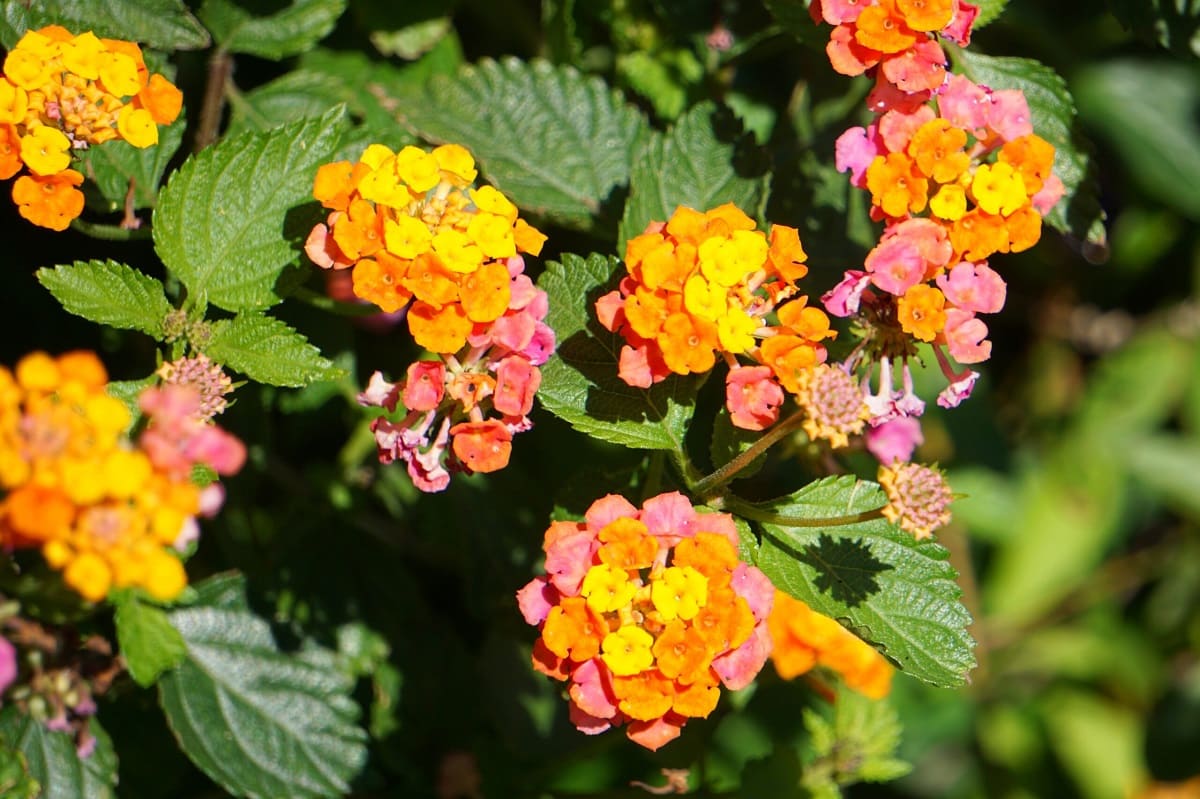
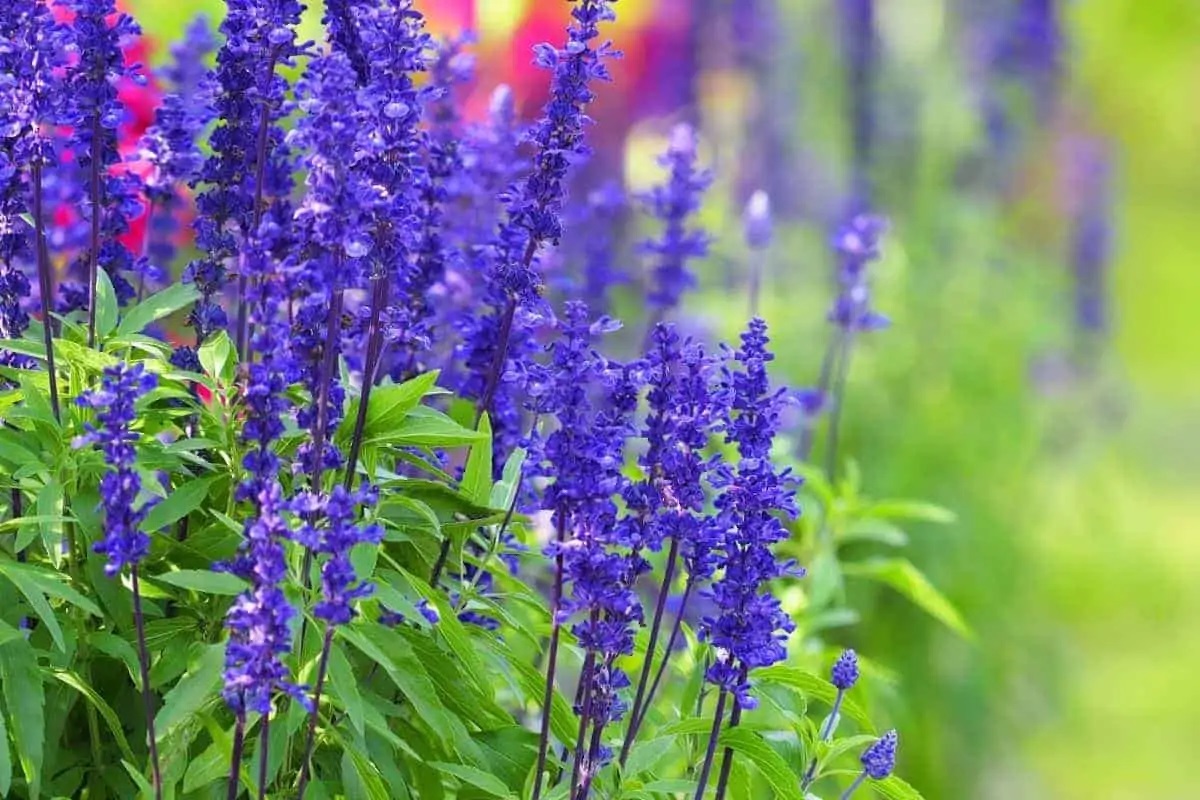
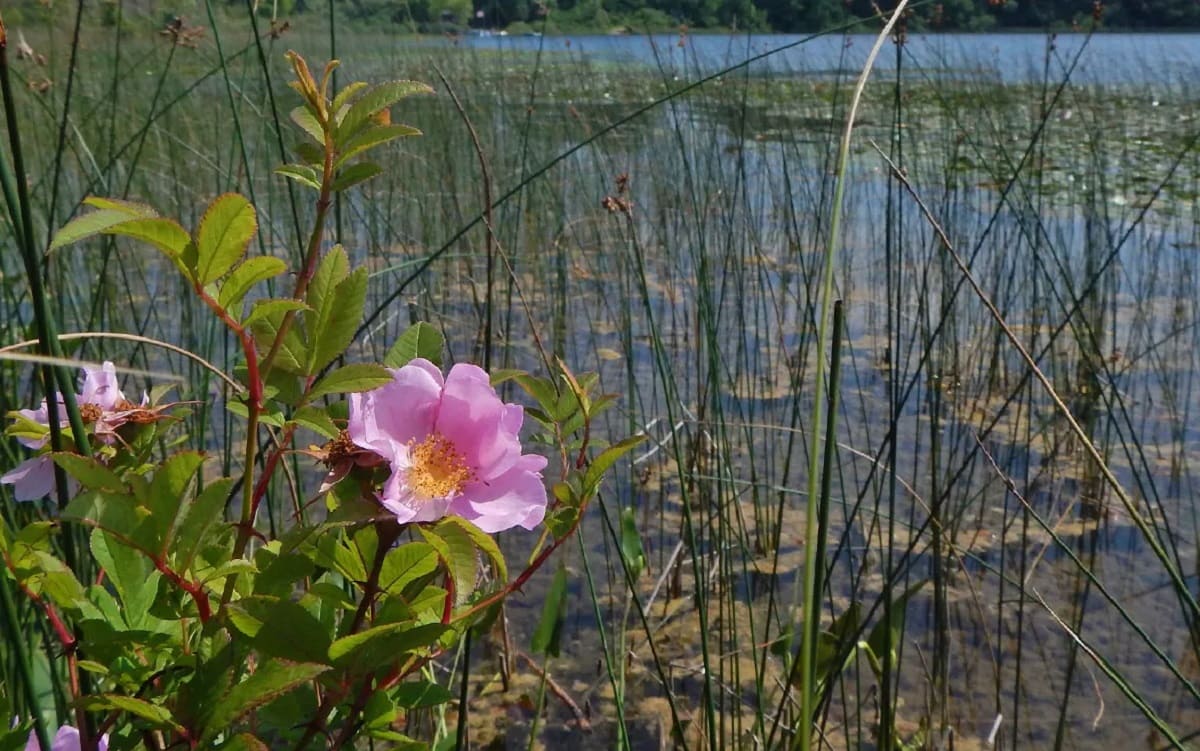
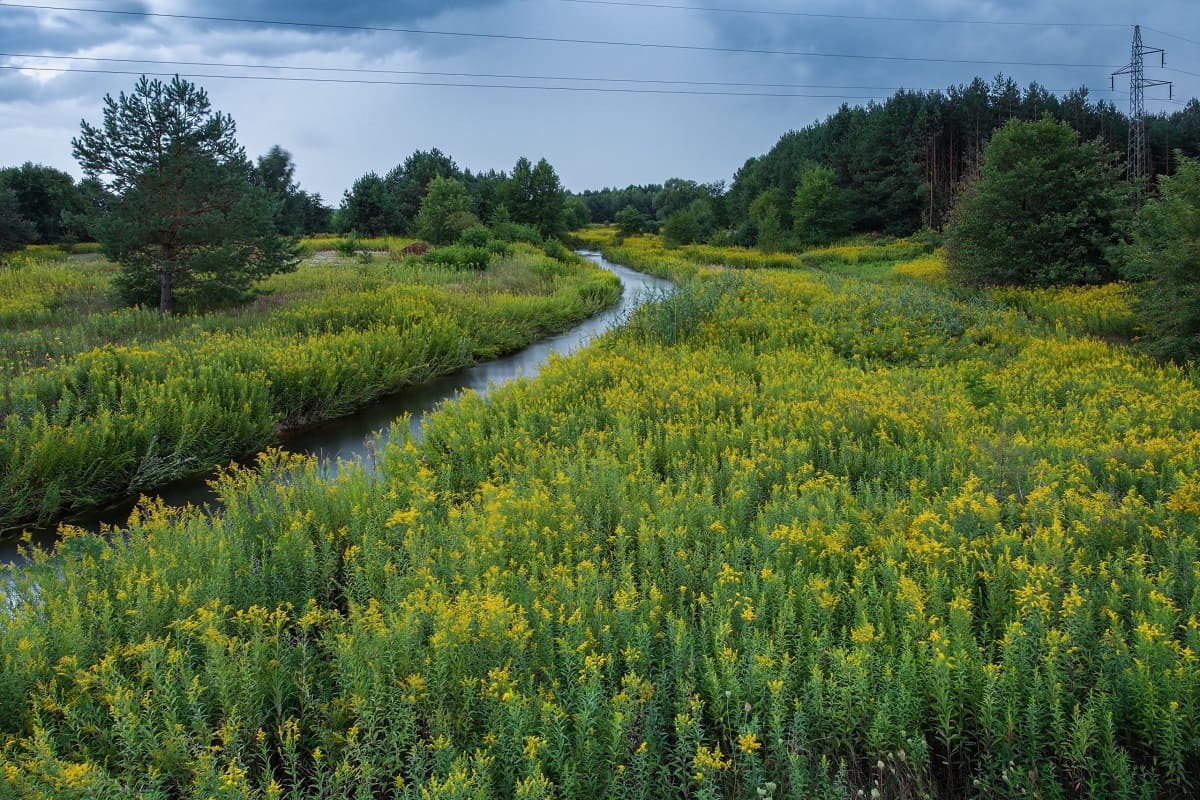
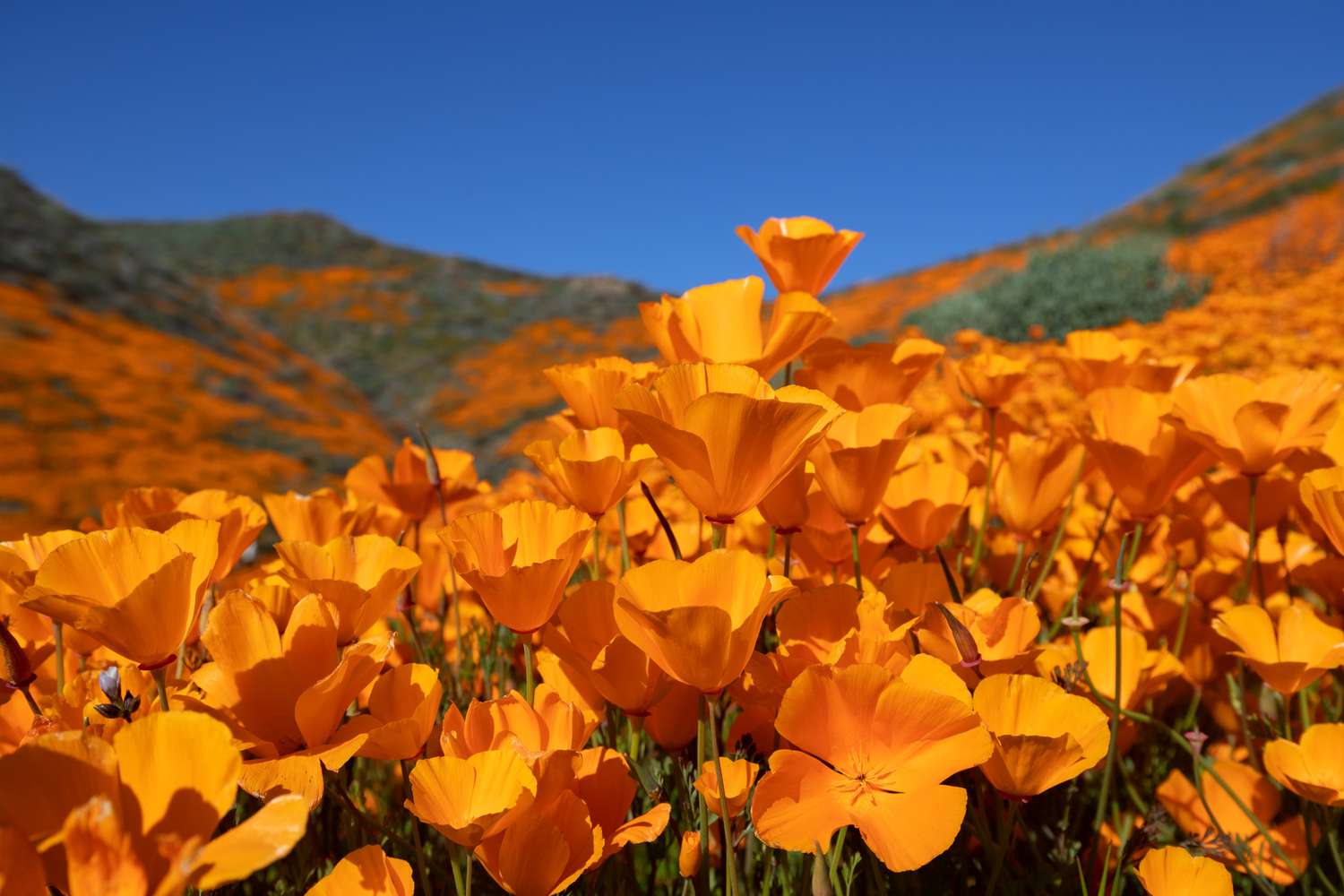
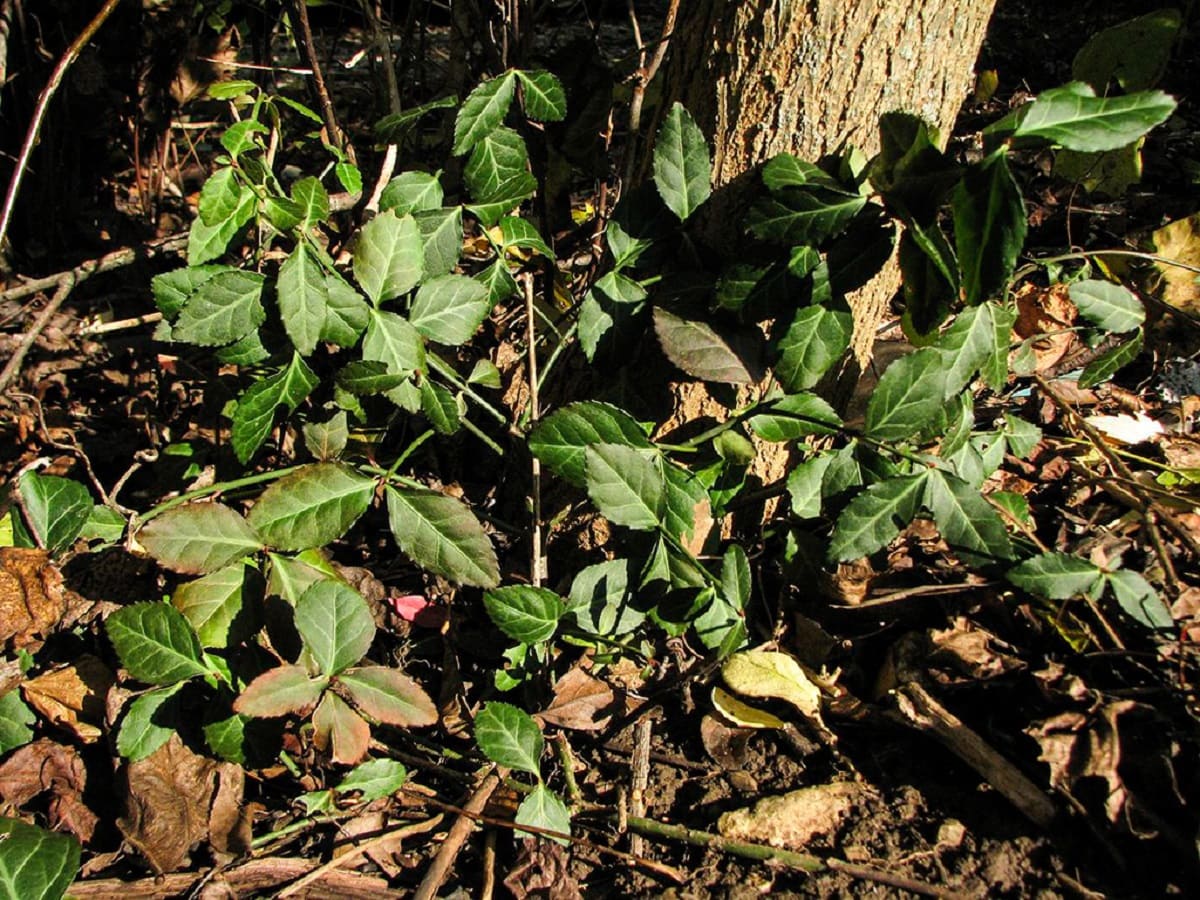
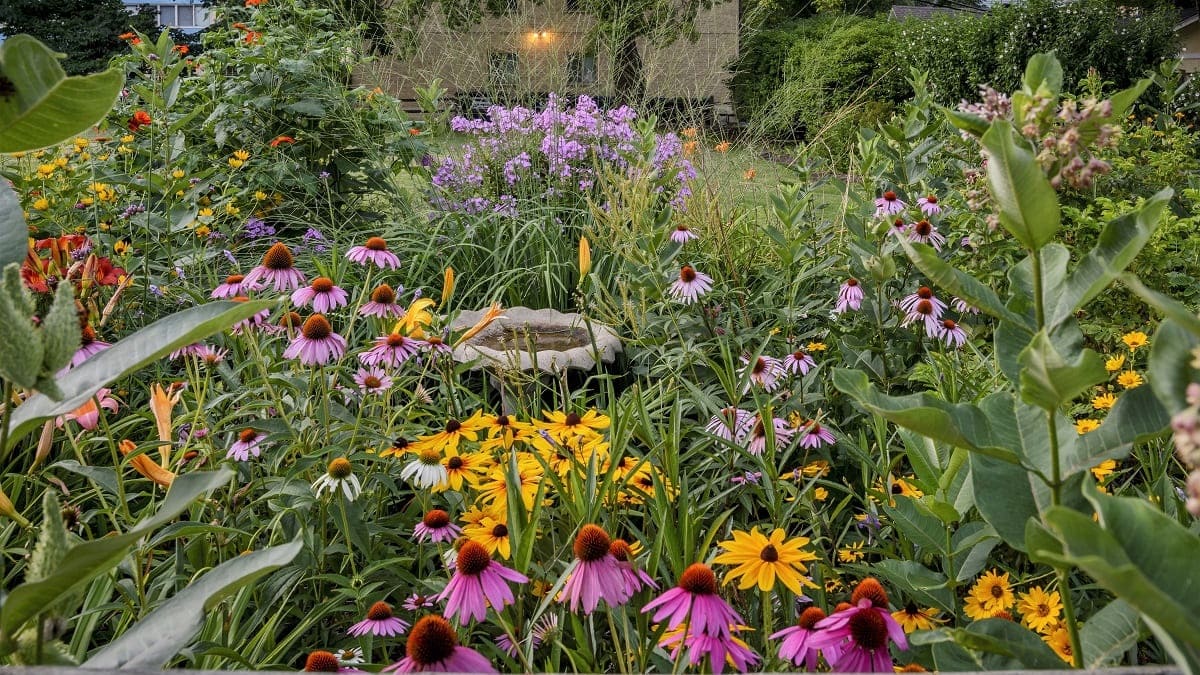
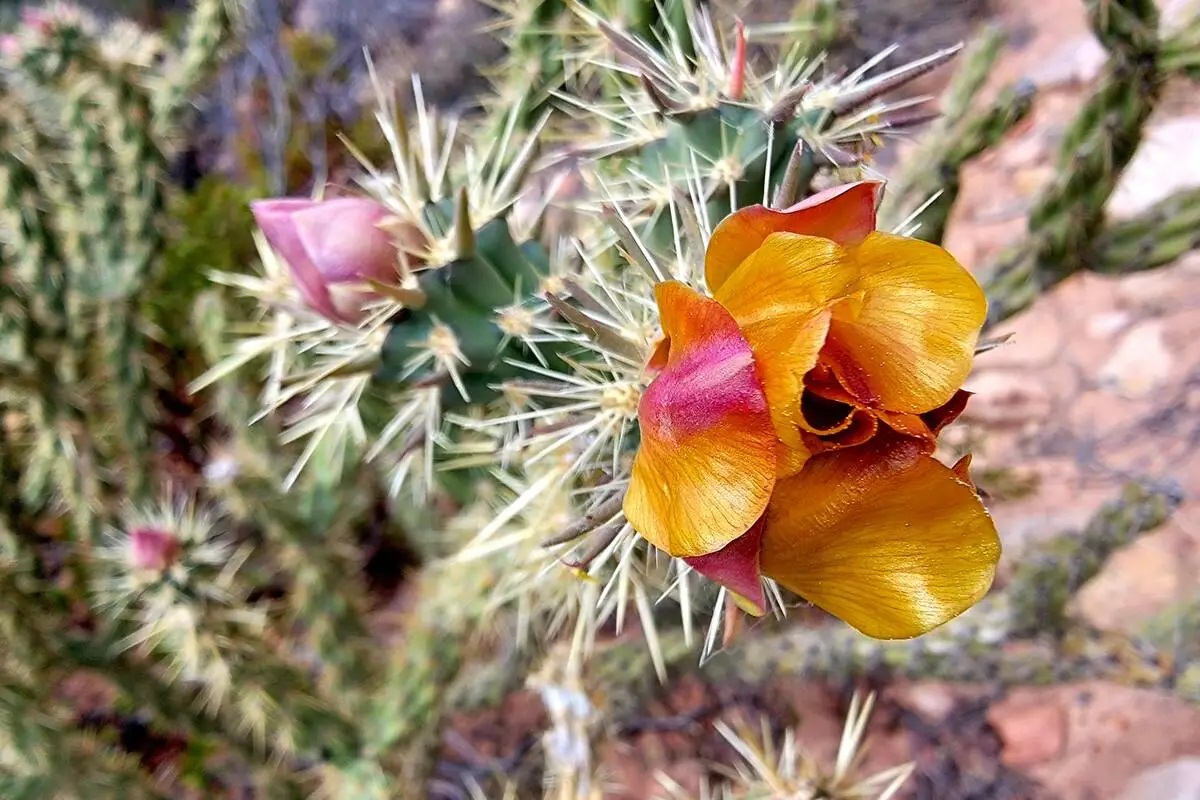
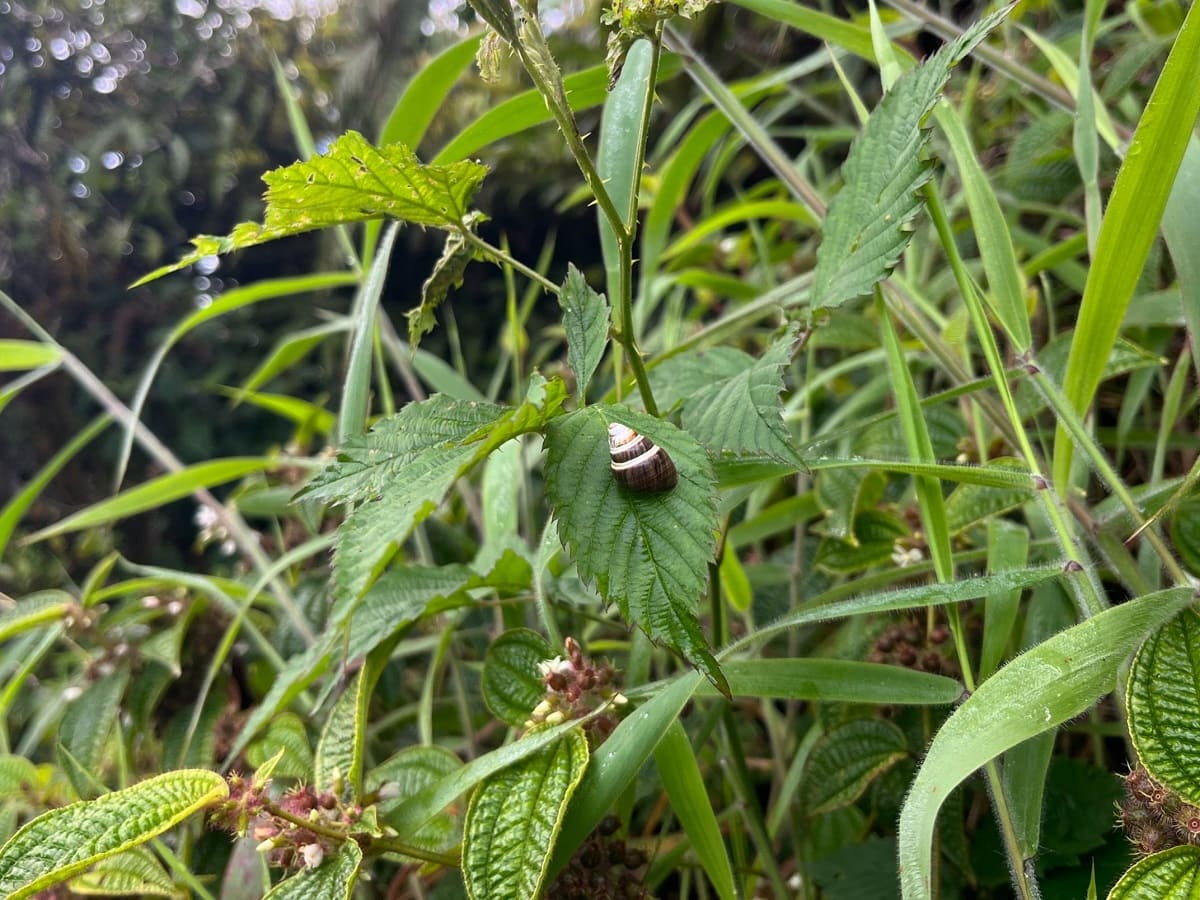
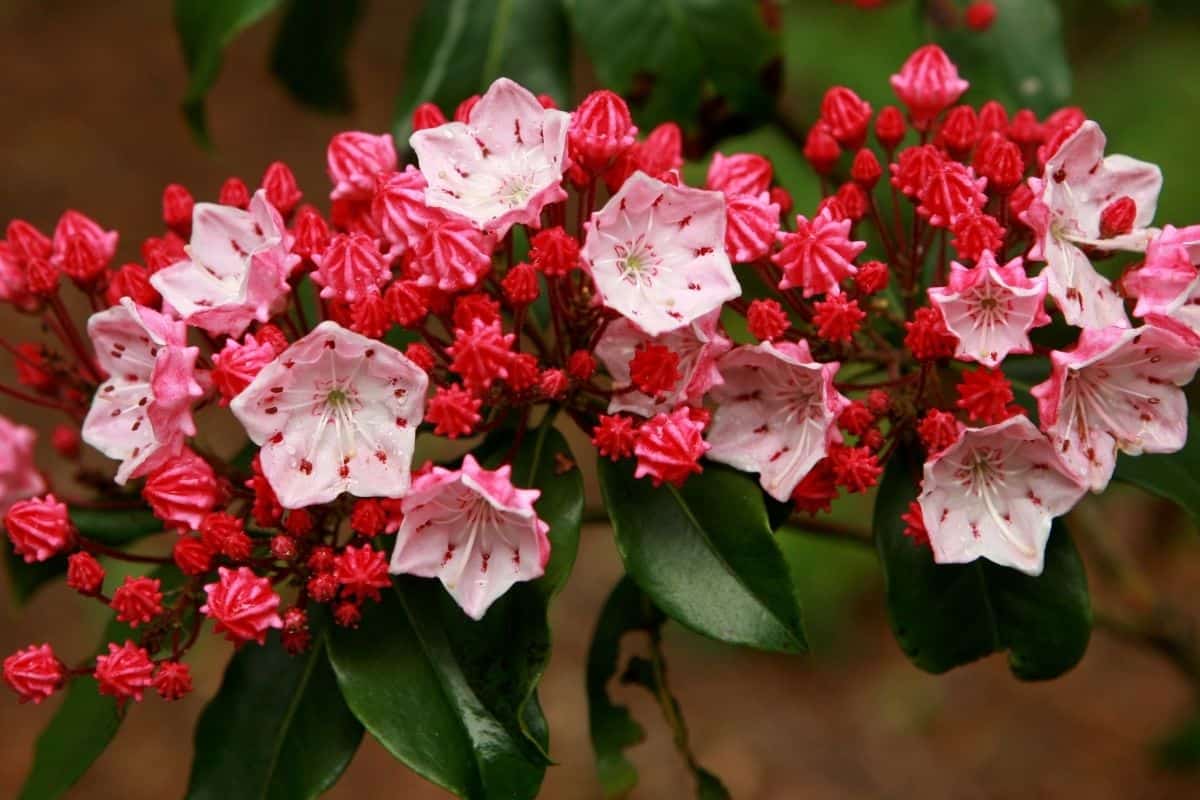
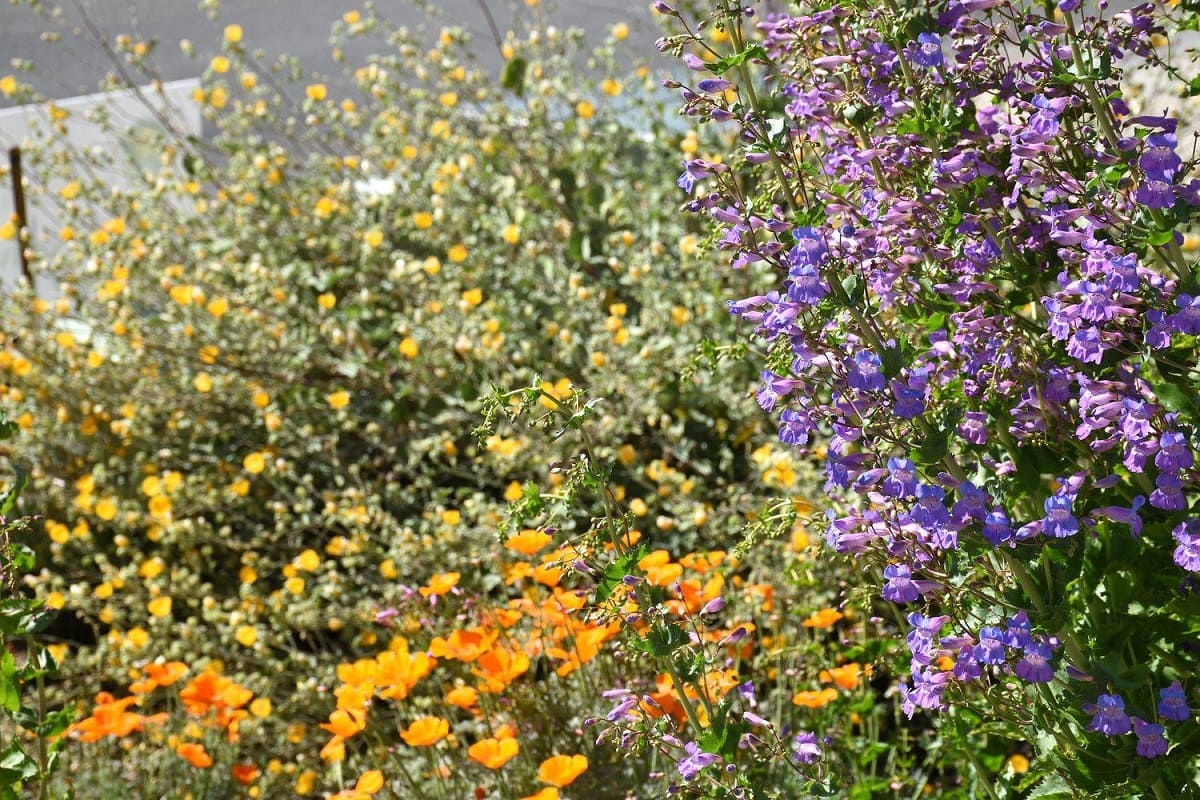
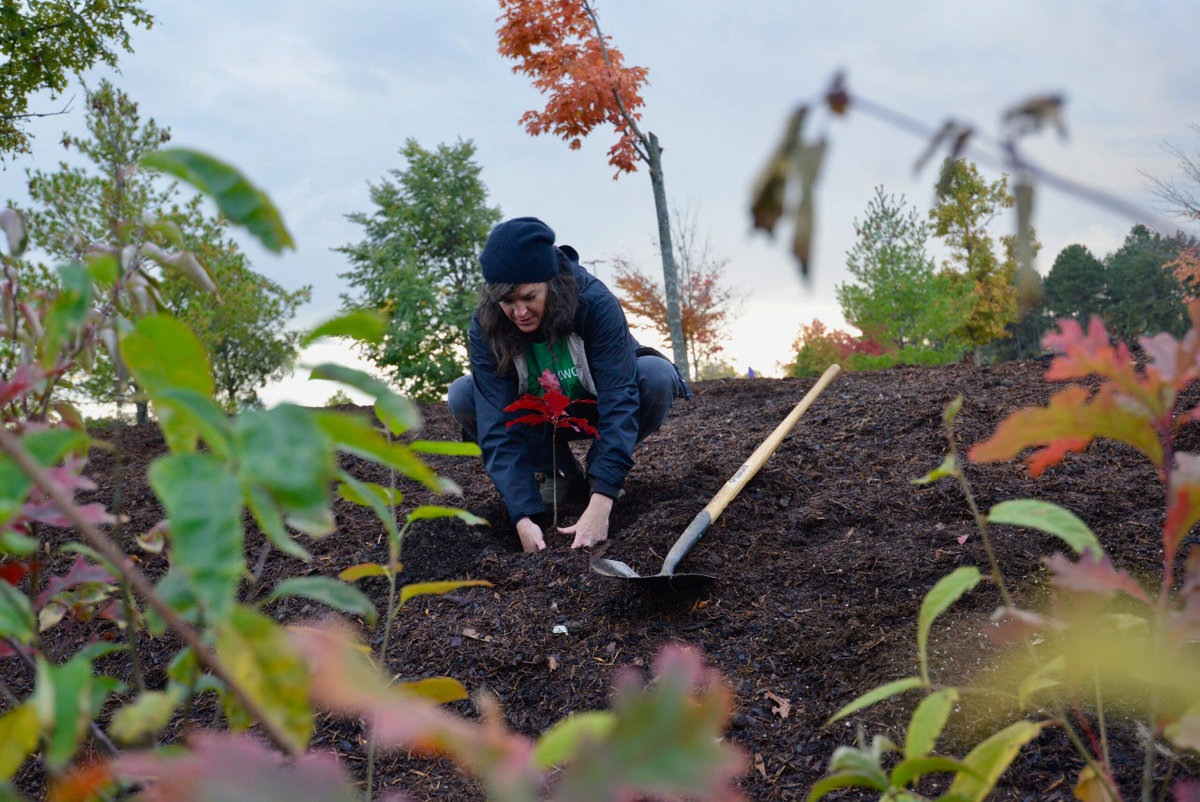

0 thoughts on “What Native Plant Species Are In Oregon”